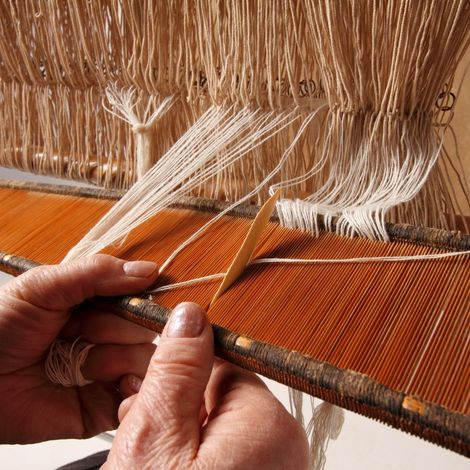
Beyond Boundaries – A Chat On The Ordinary And Unusual IP: Podcast featuring Latha R Nair
Latha R Nair was featured in an insightful podcast by The Emerging India Forum where she discusses her journey – from protecting the legacy of India’s most cherished Geographical Indications to untangling copyright issues in a digital world, with Lion Amirr...

Labelling India-origin Cheese Made-in-India with Pride⠀⠀⠀⠀⠀⠀⠀⠀⠀⠀⠀⠀⠀⠀⠀⠀⠀⠀⠀
In Nuffoods Spectrum, Aishwarya Menon, highlights a key concern: as India’s cheese market surges, there is an increasing trend of the local cheese manufacturers adopting European GI cheese names. While names like Parmesan and Gouda lend global appeal, Aishwarya argues that this trend, if unchecked, could dent India’s image as a leader when...

Geographical Indications (GIs) – Why do they matter?: A Video Interview with Ashish Kanta Singh
In this exclusive IP SME Q&A session, Mr. Ashish Kanta Singh—widely recognized as a GI expert discusses the following:
The legal framework for GIs in IndiaThe registration process and benefitsKey challenges & opportunities for businesses
Watch now & discover how to...

India’s target: 10,000 GI products by 2030: Interview by Ashish Kanta Singh of K&S Partners
At the inaugural India Today GI Samagam 2025 held on January 22 in Delhi, India’s Commerce and Industry Minister Piyush Goyal declared his target for the country as far as geographical indications (GIs) are concerned: 10,000 GI products by 2030.
Goyal said a committee will be formed to help identify local products...

Latha R Nair contributes chapter to “Worldwide Perspectives on Geographical Indications”
Latha R Nair, Partner and Practice Chair – Trademark, and a global voice in Geographical Indications (GIs), contributes a chapter to the newly released book, “Worldwide Perspectives on Geographical Indications” (Springer, 2024).
The chapter, titled, “”Domain Name Protection for Geographical Indications: A...

MP High Court Upholds SWA’s Right to Sue for GI Infringement
The Scotch Whisky Association (SWA), the group in charge of the GI “Scotch Whisky” incorporated in the UK, won recently a constitutional writ (Scotch Whisky Association v J.K. Enterprises) before the High Court of Madhya Pradesh in Indore.
The writ challenged an order passed by the Commercial Court in District Indore, which, inter-alia, held that SWA’s suit for infringement of its GI...

India gov’t publishes Draft GI of Goods Amendment Rules, 2023
/*! elementor - v3.17.0 - 08-11-2023 */
.elementor-heading-title{padding:0;margin:0;line-height:1}.elementor-widget-heading .elementor-heading-title>a{color:inherit;font-size:inherit;line-height:inherit}.elementor-widget-heading .elementor-heading-title.elementor-size-small{font-size:15px}.elementor-widget-heading...

MetaVerse and NFTs – The unchartered frontier and opportunities for Brands
What brands need to know about NFTs, the metaverse and associated Intellectual Property rights
Non Fungible Tokens / NFTs are unique digital assets that are stored on a blockchain or in a digital ledger. As the name suggests, being ‘Non-Fungible’ it cannot be duplicated and is not interchangeable. Each NFT has unique...

National handloom week: A time to fix the GI magic wand
The GI Act enacted in 2003 was believed to revive the dying handloom industry in India. However, 19 years later, the benefits failed to trickle down to the rural workers. What can we do to make the magic wand work?
India is celebrating the handloom week from April 7 to 14, 2022. While the handloom industry in India is...

The propriety of registering regional food stuff as a Geographical Indication
The recent controversy between the States of West Bengal and Odisha over the intellectual property (IP) rights over a sweetmeat raises several questions on the propriety of registering every regional food stuff as a geographical indication (GI).
Many a sweet and savoury dish is born into India’s rich culinary...

